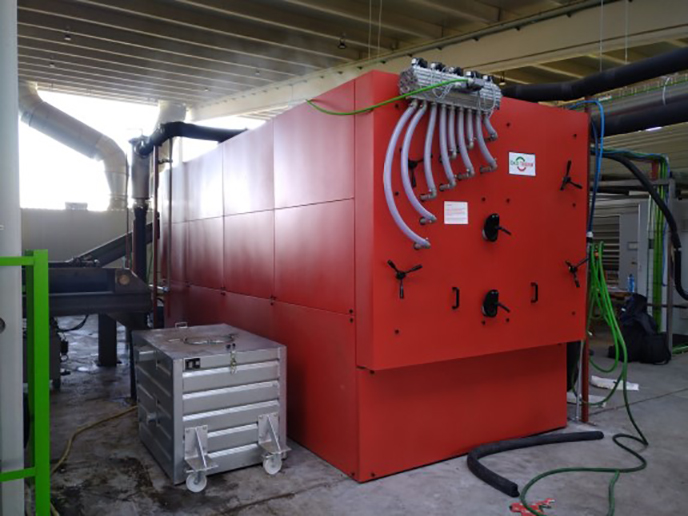A smart app creation space for virtual factories
The fourth digital revolution is underway. Traditional factories across Europe and beyond are transforming into smart digital manufacturing environments. Production systems are increasingly digitally connected within the confines of the building and through customers and across supply chains. This network of assets and connectivity is termed a ‘virtual factory’. However, to enable such systems is still time-consuming and expensive due to the diverse equipment and the hardware/software knowledge necessary. The goal of the www.vf-os.eu (vf-OS project) has been to create a Virtual Factory Operating System designed to aid in the creation of software applications to create virtual factories of the future. vf-OS, which ran from 2017 to 2019, aims to become a reference system software for managing factory-related computer hardware and software resources. The vf-OS team expected to reach technology readiness level (TRL) 4 (meaning the technology is validated in a lab), yet it surpassed expectations and delivered aspects above TRL 5 (technology validated in a relevant environment). “The working prototypes were significantly more robust than expected,” says Stuart Campbell, Director and CEO at Information Catalyst and vf-OS project coordinator.
A modern toolkit
vf-OS created an Open Applications Development Kit, which is given to software developers to create the vf-OS apps (vApps). By creating this framework, app designers can quickly tailor software to the specific needs of each factory. There is a marketplace in which these vApps can be purchased, sold and deployed without the constraints of physical and geographical barriers. “This vf-OS Store will be open to software developers who can quickly develop smart applications to enable, for example, sensing and sharing of information between machines and across the supply chain,” says Campbell. Apps could be created to manage a variety of smart factory processes, improving overall efficiency and productivity. One such app could deal with data analysis from sensors throughout a factory, evaluating progress of machines in comparison to past trends, and predicting potential future failures. Another could be used at construction sites, to detect defective fresh concrete deliveries as early as possible.
Putting it into practice
Several pilots of vf-OS have been run so far, in which multiple vApps per pilot were developed and deployed for meeting individual factory needs. In a manufacturing and assembly system pilot, vApps were tested to prevent and manage machine failures, establish stock refilling mechanisms and closely monitor production lines. In a construction site setting, vApps included site management, identification of steel bars, reporting and management of delays, and concrete quality checking. vf-OS has produced an initial prototype of this mixed development and execution environment for smart manufacturing applications. Several assets, such as IoT devices, software packages (through APIs), analytics models and other external services (through third-party services) can be linked to or included in the core of each vApp. vf-OS ideas and technology were also a cornerstone of another continuing project, www.zdmp.eu (Zero Defect Manufacturing Platform) (ZDMP), which started in 2019 and where the proposers could already see the solid work. One of the main aims of vf-OS was to set up a company at the end which could exploit the technology. www.i4fs.com (Industry 4 Factory Solutions Ltd) (i4FS) was incorporated by several partners of the project in October 2019. In fact, several ZDMP partners also decided to take shares in this company as well. “If the research and innovation of vf-OS can be further developed, EU manufacturing industry will have at their disposal new mechanisms to quickly develop smart applications for their own factory environments,” says Campbell.
Keywords
vf-OS, factory, open, system, operating, apps, vApps, sensors







